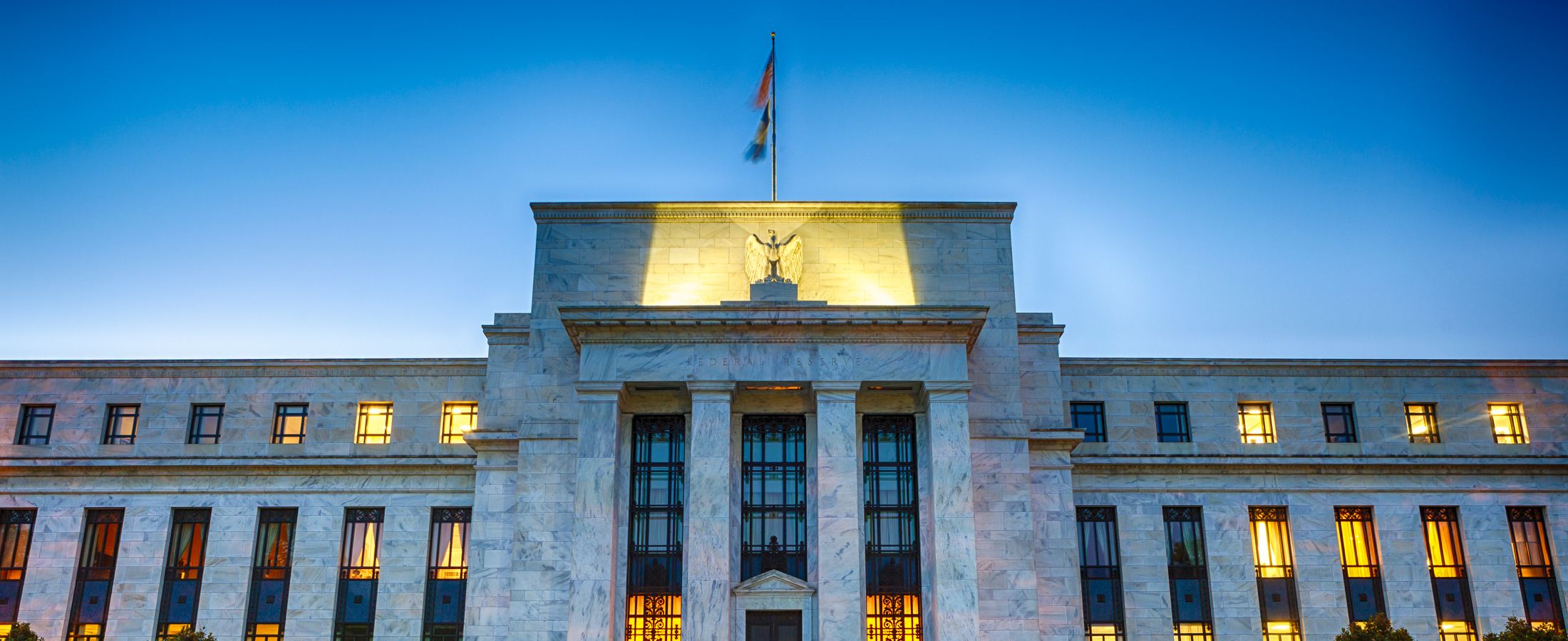Mar 3, 2020
What’s Behind the Fed’s Recent Rate Cut?
We explain how lower interest rates could mean cheaper borrowing costs

Update: On March 3, 2020, The Federal Reserve (the Fed) cut the benchmark interest rate by 0.5 percentage points in response to market volatility reportedly related to the outbreak of the new coronavirus and its spread to the U.S. The benchmark rate is now between 1% and 1.25%. The rate cut comes the steepest drops for markets since the financial crisis in 2008. The new coronavirus, called Covid-19, has infected more than 92,000 people worldwide and killed more than 3,100, including 6 people in the United States.
Update, Tuesday, October 30, 2019: The Fed cut the federal funds rate by a quarter of a percentage point again, due to weakening business investment and exports, and concerns about the global economy, it said in a statement. The Fed’s benchmark rate is now between 1.5% and 1.75%. The current rate cut is the third this year. The Fed also said that consumer spending remains strong and inflation is low, keeping the economy resilient for now, according to reports. Find out more about rate cuts in the story below.
Update: On Wednesday, September 18, 2019, the Federal Reserve cut its benchmark interest rate again by a quarter of a percentage point, citing the uncertainty of global economies and low inflation in the U.S. The federal funds rate is now between 1.75% and 2%. Read our story from July for an explanation of what the federal funds rate is, why the Fed is cutting interest rates, and what it means for the interest rates you pay on loans.
On Wednesday, July 31, 2019, the Fed cut its benchmark interest rate for the first time in more than a decade.
By cutting something called the federal funds rate, the Fed said it was helping to keep the economy growing, according to a statement. The Fed may also be trying to head off the possibility of a recession in coming months as global economic growth slows and the impact of the trade war is felt more, according to reports.
Here are more details:
- The Fed, the nation’s central bank, cut something called the federal funds rate by 0.25%, or a quarter of one percent.
- The federal funds rate is now at a rate between 2% and 2.25%.
- The rate cut was not a surprise. The central bank set the stage for its current move during its last meeting in June, when it chose not to increase interest rates.
- This is only the fifth time in 25 Years that the Fed has cut rates.
Read our related coverage here.
Why cut interest rates now?
The Fed tends to cut interest rates when the economy is weak. But by all accounts, the U.S. economy is still going strong. Unemployment is at a 50-year low, inflation remains below 2%, and consumer spending is healthy.
However, there has been a slowdown in manufacturing, and concerns continue about the unresolved trade dispute with China, which could decrease economic growth domestically and globally, according to reports.
Also, while the central bank is supposed to operate independently from politics, President Trump has pressured the Fed to lower interest rates, saying the rate increases over the past few years have slowed economic growth.
It raised rates four times in 2018. The last time the Fed raised rates was in December 2018.
What does cutting interest rates do?
Cutting interest rates often lowers the cost of borrowing, which might make it more appealing for consumers and businesses to take out loans, and to buy more things, which could stimulate the economy.
Cutting interest rates could also lower the interest rates that consumers receive on savings accounts, or other interest-bearing accounts.
The last time the Fed cut interest rates was in 2008, at the height of the recession. At that time, the central bank reduced interest rates to 0% for a time to stimulate the economy. Low-interest rates helped the economy recover over time.
What does the Fed do again?
The Federal Reserve is the central bank of the U.S. It oversees 12 district banks, which together are responsible for the monetary policy of the U.S.
The Fed’s mission is to oversee the health of the nation’s financial system, and the economy. It attempts to keep the economy strong and growing by enacting policies to maintain low inflation and healthy employment levels. It does this primarily by adjusting interest rates, and lending money to the nation’s banks.
The central bank can adjust something called the federal funds rate, which is a short-term rate that it charges banks to borrow and lend money to one another. The federal funds rate forms the basis of other interest rates, such as for credit cards and mortgages, and it even factors into the yield offered by many bonds and the interest on savings accounts.
The Fed has been steadily increasing interest rates since 2014. The increases follow a seven-year period when the central bank left interest rates at or below 0%, to stimulate the economy following the recession.
Since 2015, the Fed has increased interest rates nine times.











